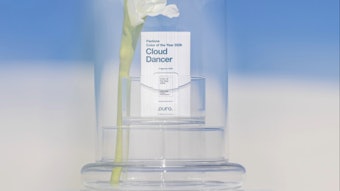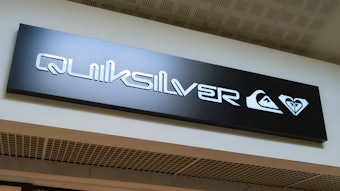On the left-hand side of F-1, only the hydrogen nucleus has been removed. Therefore, the resulting carbon atom has an orbital with two electrons in it but no other atom attached. A quick count of protons and electrons will reveal that it now has one more electron than protons, so the species is an anion carrying one negative charge. Such species are known as carbanions. In the center, the hydrogen nucleus has been removed together with one electron leaving a carbon species that is neutral but contains an unpaired electron. Such a species is known as a free radical. On the right, the hydrogen nucleus and both electrons of the carbon-hydrogen bond have been removed, thus leaving a positively charged species known as a carbocation. These three species are all unstable and hence reactive.
Click here to order Charles Sell's book, Understanding Fragrance Chemistry










